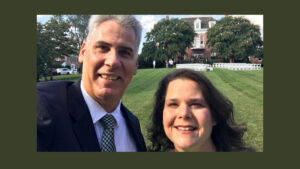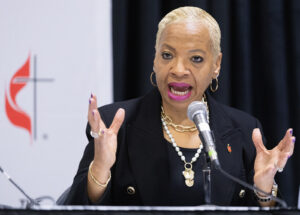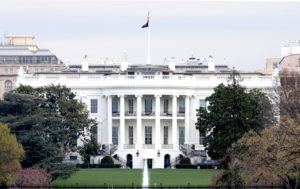
NASHVILLE, Tenn. (BP)–In the aftermath of catastrophic events such as the recent tornadoes and floods, it is normal and appropriate to grieve over terrible loss and at the same time rejoice in God’s marvelous grace.
After the bombing of the Parliament building during World War II, British Prime Minister Winston Churchill cautioned the planners and decision makers who were planning its reconstruction: “We shape our buildings, and afterward our buildings shape us.” This truth certainly applies to church facilities. The way a church builds its buildings will be a major influence on the way it worships, grows disciples, fellowships or does any kind of ministry in the future.
There are crucial steps a church can take to develop a positive response in the midst of a crisis:
— Address the critical needs of the congregation first. If homes were destroyed and households are in crisis, the members are in no position to address either the corporate needs of the congregation or the community at large. As available, assist them in getting the help they need from the church or from outside crisis-assistance organizations.
— Next, seek to address the needs of the community. The crisis can open doors that were previously closed. There may be a new openness to the church from the community where doors have (literally and figuratively) been ripped open and walls of resistance have come tumbling down if the church is there to respond in a time of need.
— When dealing with the church facilities, it is important that the church leadership effectively assess damage to the facilities while allowing a time for the congregation to grieve the loss of “place” where precious memories were formed and important life events occurred. While insurance funds may be labeled as replacement costs of the existing buildings, those buildings built in the past may not best address future church ministry needs and objectives. Lead the church to understand that the past can be honored and respected as the church looks forward to a bright and healthy future with improved, effective facilities. Arrange for an alternate meeting place, if required, which will maintain a semblance of normalcy and at the same time reinforce a sense of embarkation upon a new chapter in church life and history. Consider the interim situation carefully, because the restoration process often takes longer than originally expected.
— Wise church leaders will assemble a support team to provide assistance and guidance in assessing replacement value, negotiating an insurance settlement, and developing a facilities design and construction strategy with a long-range perspective in mind. The team might include an independent insurance adjustor, an architect with expertise in assessing replacement value and in church planning and design, and a contractor with knowledge of the local post-catastrophe construction cost environment. Denominational agencies and other groups might offer helpful resources. LifeWay Architecture offers free seminars, heavily discounted consultation and interest-free deferred payment options to assist churches in recovery efforts.
— Negotiating a fair and favorable insurance settlement requires patience, thoroughness and expertise. Be aware that insurance settlements should include provisions for upgrading existing conditions that are non-compliant with current codes and require remediation for permitting and construction. This can include handicapped accessibility and toilet fixture counts. Wind loading and seismic force structural requirements have changed in recent years and should be considered as well. Include architectural and engineering fees in your replacement costs, as they will likely be required. Make sure to include items from your previous building, such as thickset tile, copper flashing, solid hardwood flooring, paneling, trim or wainscot in your replacement costs even if they are not included in the proposed new construction. Contents coverage and temporary facilities costs can be part of the settlement and are typically additional to the policy’s defined replacement value.
Email is an effective and efficient tool to assist in thorough documentation critical to your settlement. Beware of accepting the first offer from the church’s insurer and work to leave the settlement as open ended as possible for unforeseen costs which may arise.
— As soon as a general idea of insurance proceeds can be projected, begin to formulate a plan to allocate them in a way that can best serve the future ministry needs and goals. Avoid the temptation and immediate emotional response to “put everything back the way it was” if that is not in the best interest of the church. Try to approach the trauma as an awakening to possibilities previously unavailable and to opportunities previously unimaginable. Consider augmenting the insurance proceeds with funds from savings, a capital campaign, outside contributions or even responsible borrowing.
— With the assistance of the support team, develop a strategy for rebuilding the church facilities in the manner that is most advantageous to the church. “Building Momentum,” a book by Gary Nicholson, can be a valuable resource guide for church leaders and building team members. Develop a new master plan for the restoration and for future facilities and clarify the church’s vision for ministry in the community.
Again borrowing a phrase from Churchill, let this process be the church’s “finest hour.” Cherish the memories and celebrate the positives, the victories and the milestones along the way, positioning the church for a healthy and hopeful outlook, preparing the way for future generations.
–30–
Steve Newton is an architectural consultant with more than 20 years of church facility planning and design experience at LifeWay Architecture, which has architects registered in many states across the country where natural disasters have occurred. Contact him at [email protected].
















